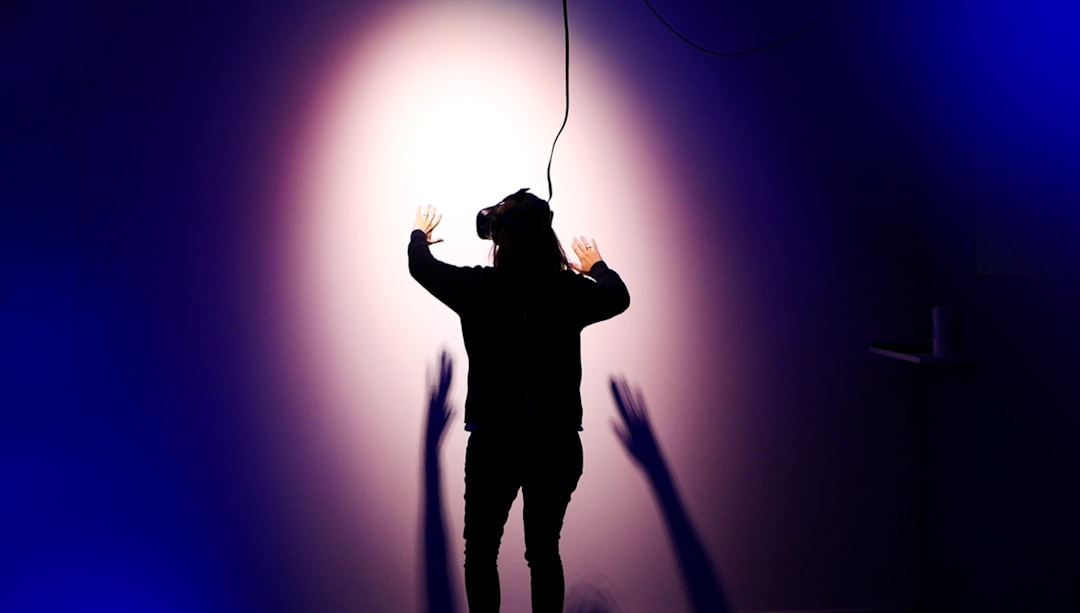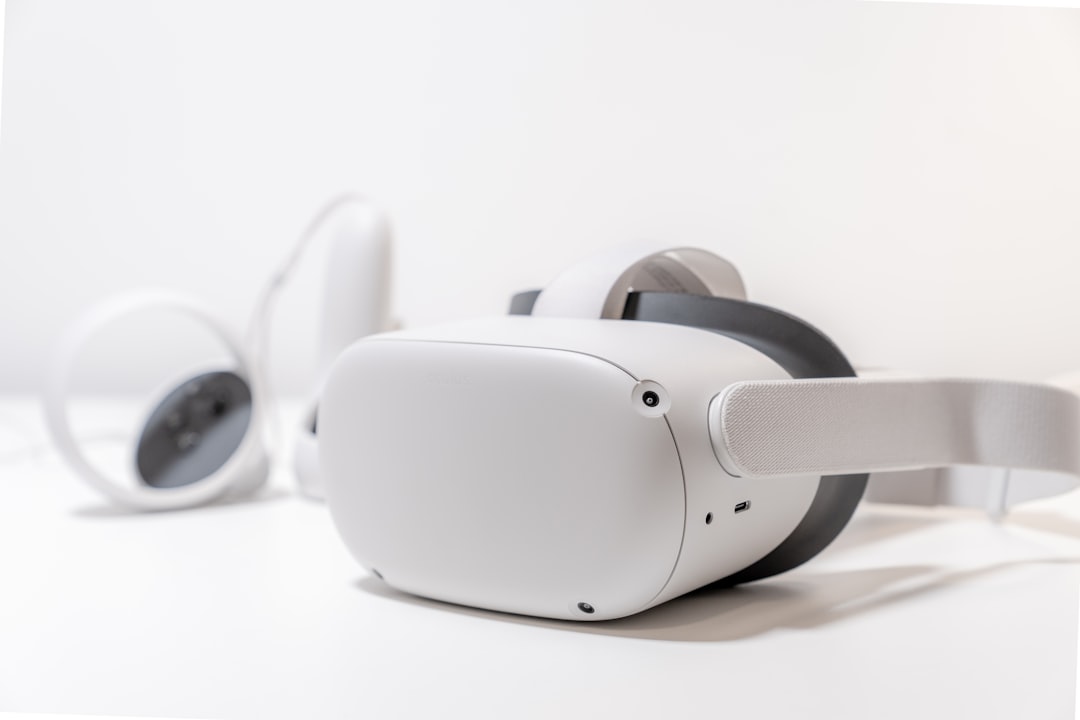The article explores the impact of virtual reality in dental pain management, discussing its use as a non-pharmacologic analgesic, the effectiveness of VR in reducing pain, patient experiences, the influence of VR content, and the future potential of VR in dentistry.

Overview of Virtual Reality in Dental Pain Management
The utilization of virtual reality (VR) technology in dentistry, particularly for pain management during dental procedures, is a growing field of interest. VR serves as an effective non-pharmacologic analgesic helping to alleviate the discomfort and fear associated with dental procedures. This technology functions by immersing the patient in a virtual world, effectively distracting their attention from the real-world discomfort of the dental procedure.
Various VR applications and devices are currently being used in dental clinics, offering a wide range of immersive experiences. These experiences, ranging from serene nature landscapes to engaging video games, are designed to reduce anxiety and fear during dental treatment.
Studies and Research on the Effectiveness of Virtual Reality
Several studies have demonstrated the effectiveness of VR in reducing dental pain. For instance, a study that focused on two patients with adult periodontitis undergoing periodontal scaling and root planing found that VR distraction significantly reduced pain levels compared to movie distraction and a no-distraction control condition.
Further examination of patient responses to different VR presentations revealed that the content of the VR experience can impact its effectiveness as a pain management tool. For instance, patients who experienced a video game presentation reported a significant decrease in pain and anxiety compared to those who viewed natural landscapes.
 Patient Experiences with Virtual Reality in Dental Pain Management
Patient Experiences with Virtual Reality in Dental Pain Management
Patient experiences with VR during dental procedures have been largely positive. The immersive nature of VR was found to effectively draw patients’ attention away from the real world, helping them tolerate painful dental procedures and alleviate anxiety.
In a study involving children aged four to six undergoing dental treatment, VR was found to be effective in controlling pain and anxiety levels. The results suggest that VR has a significant potential for use in paediatric dentistry, where fear and anxiety can often pose major challenges.
 The Influence of VR Content on Pain Management
The Influence of VR Content on Pain Management
The content of the VR presentation greatly influences its effectiveness in pain management during dental treatment. For example, a study investigating the impact of VR content on anxiety levels and pain thresholds during dental procedures found that video game presentations were significantly more effective in reducing anxiety and increasing pain thresholds compared to natural landscape presentations.
These findings suggest that the selection of VR content should be carefully considered to optimize its effectiveness in pain management and anxiety reduction during dental procedures.
Future Potential of Virtual Reality in Dentistry
VR has a promising future in dentistry for pain management. Given its demonstrated effectiveness as a non-pharmacologic analgesic, VR could become a key tool in managing dental pain, particularly during periodontal procedures and other potentially painful treatments.
In addition, VR has shown potential as a medical assistive device during outpatient surgery under local anesthesia. Its effectiveness in alleviating fear and anxiety during oral surgical procedures suggests that it could significantly improve patient comfort and cooperation during these procedures. However, further research is needed to fully explore the potential of VR in dentistry and to establish best practices for its use.
